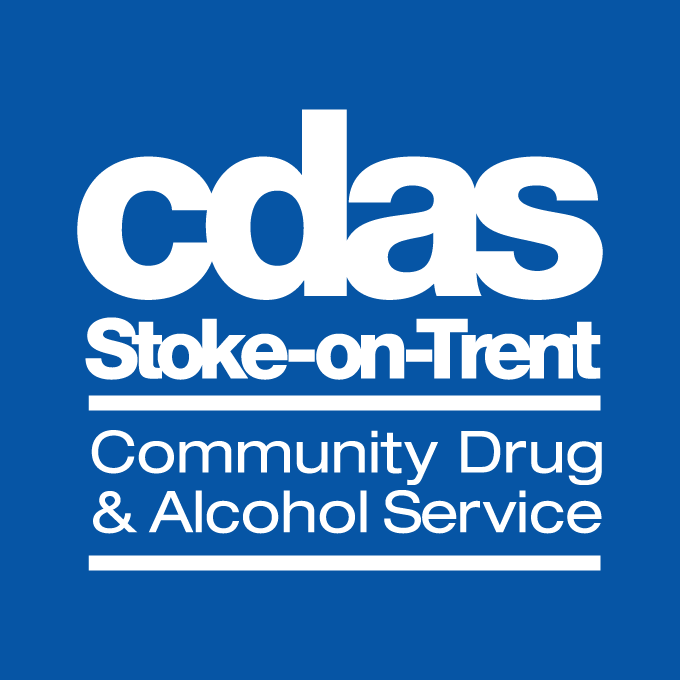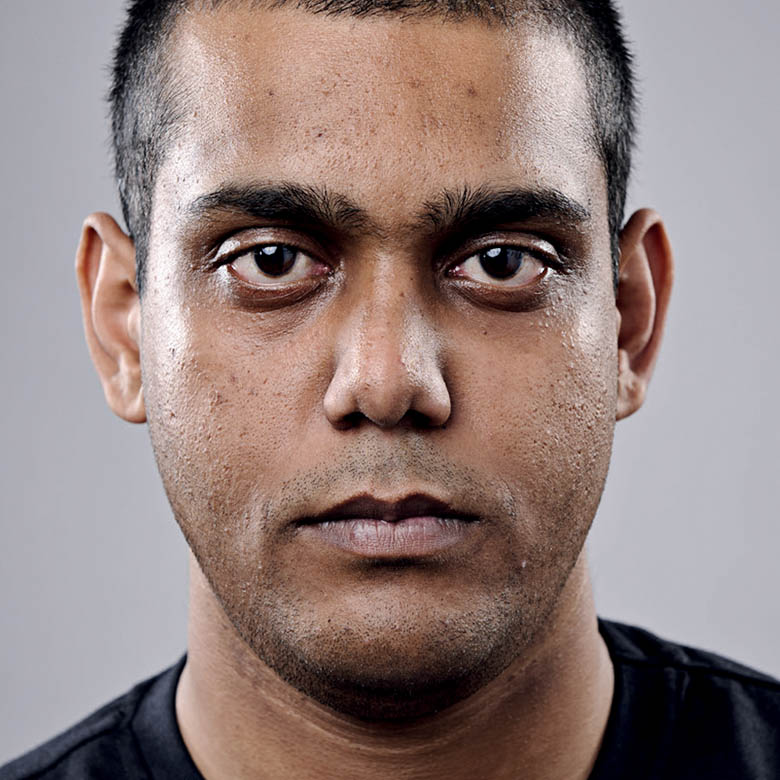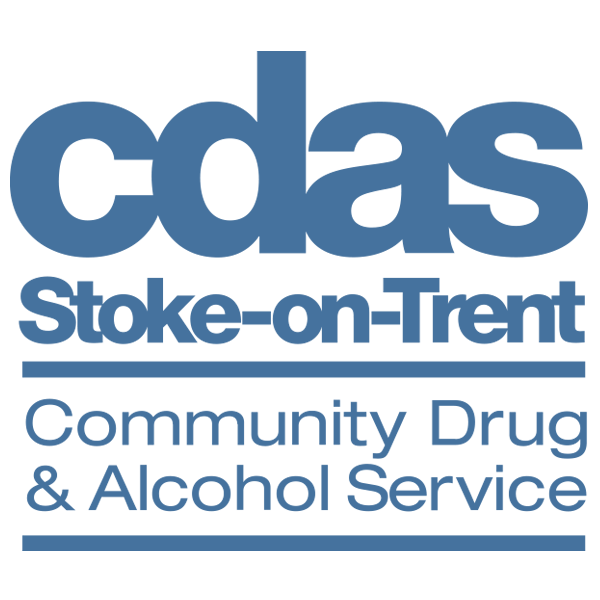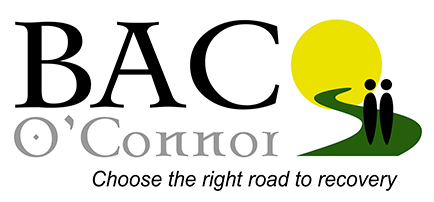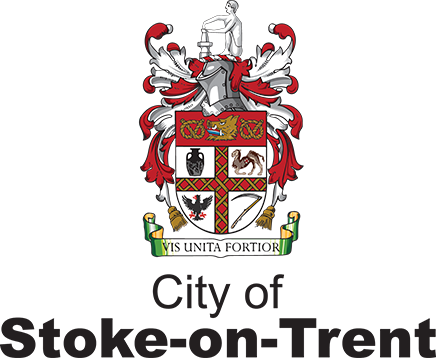Some people use alcohol or drugs to help them relax, forget their worries or get to sleep. But in the long term, this can make you feel worse. So if you’re feeling tense, nervous or worried, you could try:
Deep breathing
When we’re worried or stressed, our breathing changes. Our breaths become shorter and more shallow, and we breathe from the chest rather than the belly. Both of these can make the physical feelings of stress worse.
But a simple deep breathing exercise called square breathing can help you relax and feel better.
Progressive muscle
Progressive Muscle Relaxation (PMR) is a simple relaxation technique that helps reduce anxiety and muscle tension. It involves stretching and relaxing different muscles in your body in a certain order.
Progressive Muscle Relaxation is safe for most people
But it may not be suitable if you have any conditions that affect your muscles or joints, like arthritis or chronic muscular pain. If you’re not sure, ask your doctor.It should take you about 20 minutes from start to finish. Like most relaxation techniques, it will get easier with practice. But you should feel some benefit straight away.
Here’s how it works: Find a warm, quiet place with no distractions. Get comfortable, either sitting or lying down. Close your eyes and focus on your breathing. Breathe slowly and deeply from your belly. Next, work through the stretches below. Hold each stretch for a few seconds then relax it. Repeat each stretch 3 or 4 times.
- Face: Push your eyebrows together as if frowning, then release.
- Neck: Gently tilt your head forwards, pushing your chin towards your chest. Then slowly lift your head again.
- Shoulders: Pull them towards your ears like a shrug. Then relax them downwards towards your feet.
- Chest: Breathe slowly and deeply into your belly, below the bottom rib, so that you’re using all of your lungs. Then breathe out slowly, letting your belly deflate.
- Arms: Stretch your arms away from your body, reach, then relax.
- Legs: Curl your toes away from your body, then pull them towards the body, then relax.
- Wrists and hands: Stretch your wrist by pulling your hand towards you. Stretch out the fingers and thumbs, then relax.
When you’re done, spend a few moments sitting or lying quietly with your eyes closed. When you feel ready, stretch and get up slowly.
Guided relaxation
If you need to relax, guided relaxation can be a big help. These are voice recordings that describe relaxing and soothing images. It’s a bit like listening to a story.By focusing on the voice and imagining what it’s describing, you can clear your mind of the things that are worrying you.
Everybody is different
A guided relaxation exercise that works for someone else might not work for you. So if you don’t like a certain recording, don’t give up. Try ones with different voices, music or background pictures until you find something that helps you relax. Here are some guided meditations you could try:
- Dartmouth College has several guided relaxation exercises between 5 and 25 minutes long.
- Loyola College also has a series of guided relaxation recordings and videos.
- Headspace offers a free 10-minute meditation to promote focus, compassion and relaxation.
Exercise
If you’re able to do it, physical exercise can be a great way to lose stress, and it’s also good for your health. You don’t even need to leave the house to get a full workout. Watch a series of exercise videos from the NHS Fitness Studio.Yoga
Yoga is a system of slow stretching exercises that help relax the mind and body. Doing yoga can help with the physical feelings of stress and worry, and focusing on the movements can also distract you from what’s on your mind.Cooking
Cooking can be a great way to relax and unwind at home. Home-cooked meals are often healthier and tastier than ready-made food.
